From the time of the very first vehicles until the ’70s, radiators were made of a combination of brass and copper. No other material could compete with this combination in terms of heat dissipation, resistance to corrosion, and ease of repair.
In the ’70s, the oil crisis began. Prices began to soar as oil shortages loomed. In the face of this new adversity, lighter and more fuel-efficient vehicles became the focal point in manufacturing. In order to accomplish this, steel gave way to aluminum, rubber, and plastic among other materials to lessen the vehicle’s weight.
Much thinner metal was used in the bodies and frames. During this period in the stock market, futures predicted a shortage of brass and copper by the 20th century if radiators continued to be manufactured with these materials. This prediction coupled with the need for weight-reducing materials in vehicle construction prompted the move to aluminum and plastic radiators.
Unlike brass and copper, aluminum was recognized as more problematic, despite it being cheaper and easier to produce.
Aluminum doesn’t dissipate heat quite as well since it has only one-third of copper’s thermal conductivity and is also very susceptible to corrosion. Corrosion needs to be controlled with corrosion inhibitors in the antifreeze.
Up until the early ’90s, aluminum only accounted for approximately 30 percent of the radiators. From the ’90s forward, aluminum has dominated as the medium used in radiator construction on new vehicles. Its obvious shortcomings are of less importance than the cost savings in construction along with the weight-savings advantage.
Types of Radiator Construction:
Brass and Copper
These radiators can have a horizontal tank on the top, where the coolant enters, or vertical tanks on each side made of brass. Spanning the center between the tanks are rows of copper tubes. These tubes are designed using a very thin material to aid in transferring the heat to the outside atmosphere.
The tubes, known as “cores,” are soldered to each tank and extend the entire length of the tanks. Coolant enters the tank and must travel through these tubes from one end to the other to reach the opposite tank, dissipating heat along the way.
It is important to note that the center or core of any radiator (by virtue of its thin metal construction) is very easily damaged. Extreme caution must be used to prevent anything from striking the core when handling to prevent damage.
The brass and copper radiator is by far the best at dissipating heat and has very few problems, less for the occasional leaky solder joint. Should this happen, the leak can be easily repaired.
Aluminum and Plastic
The aluminum and plastic OEM radiators are shaped identically, for the most part, to its counterpart. They’re constructed differently in that the core has “tangs” on the top and sides. The top and side tanks use a gasket, and the core tangs are bent over a lip on the tanks to hold them in place.
Common failures include cracks occurring on the top tank, leaks at the gaskets, and pinholes in the core. The pin holes in the core are due to internal corrosion eating away at the aluminum. These radiators are not repairable under any circumstance and must be replaced if deficient.
It is important to change the antifreeze according to your vehicle manufacturer’s recommendation to avoid the corrosion problems inherent in an aluminum radiator.

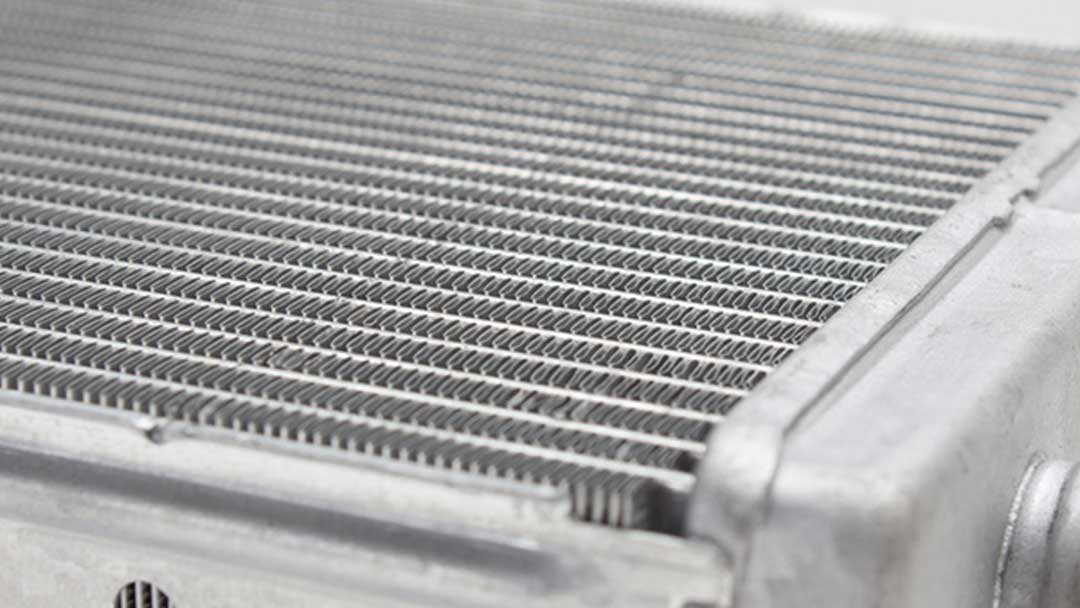
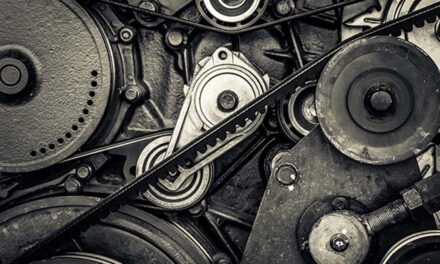
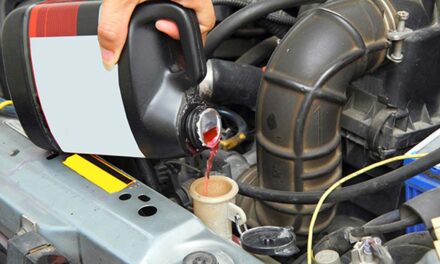
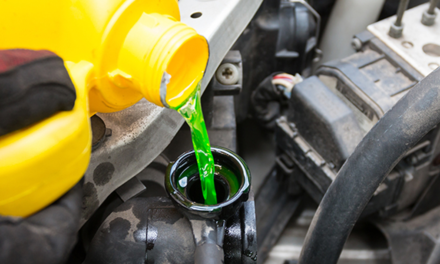
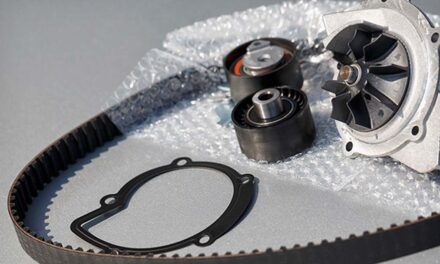


![[FITMENT] Compatible with 2013-2020 Buick Encore, compatible with 2011-2016 Chevy Cruze, compatible with 2012-2020 Chevy Sonic, compatible with 2013-2020 Chevy Trax. [REPLACE PART NUMBER] AW6662, 130-2140, 25192709, 55579016, 22519445, 55486344, 5548...](https://m.media-amazon.com/images/I/41ibMl21zeL._SL100_.jpg)

Do you sell Automotive Radiators if yes email me with the models for me to select one and proceed.